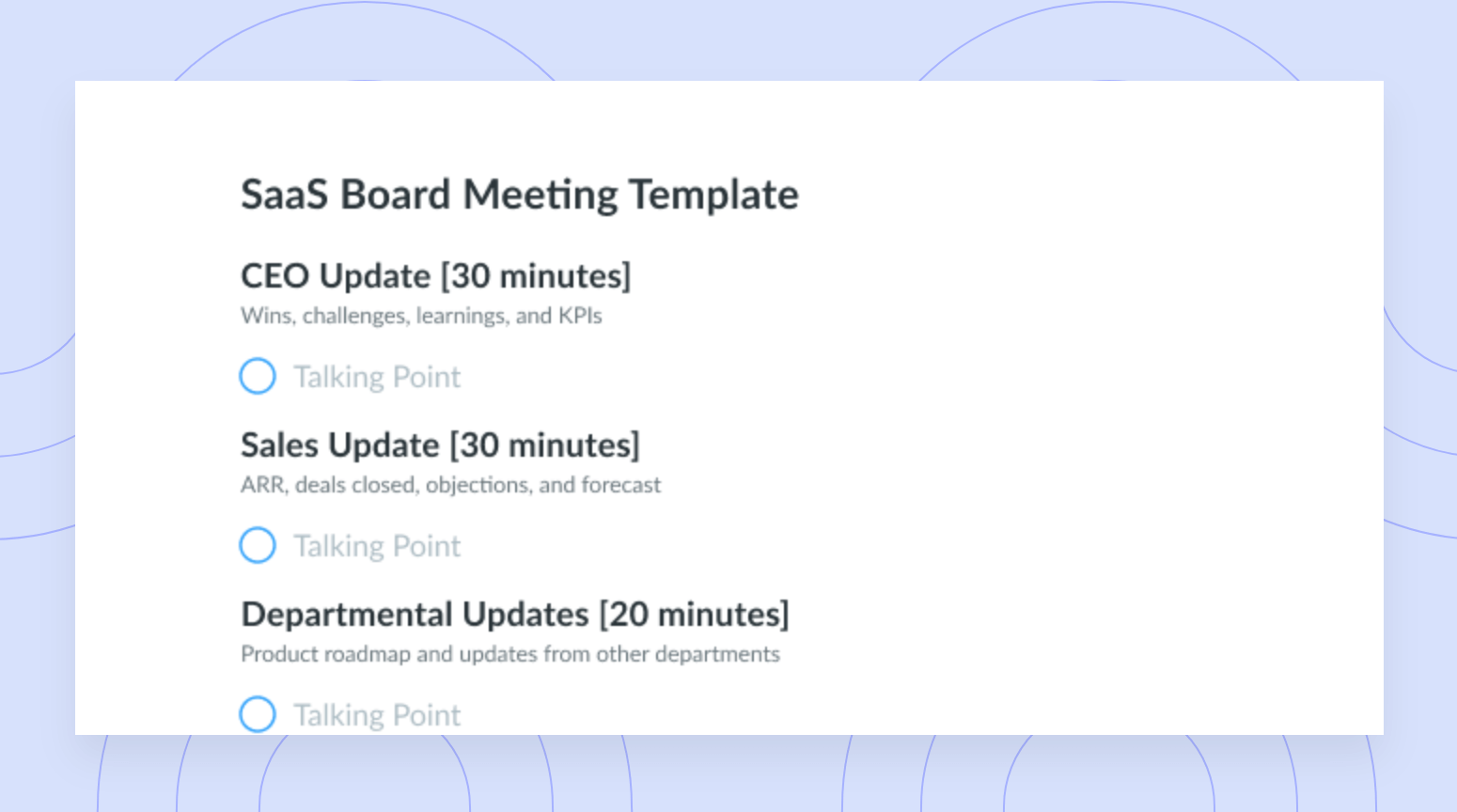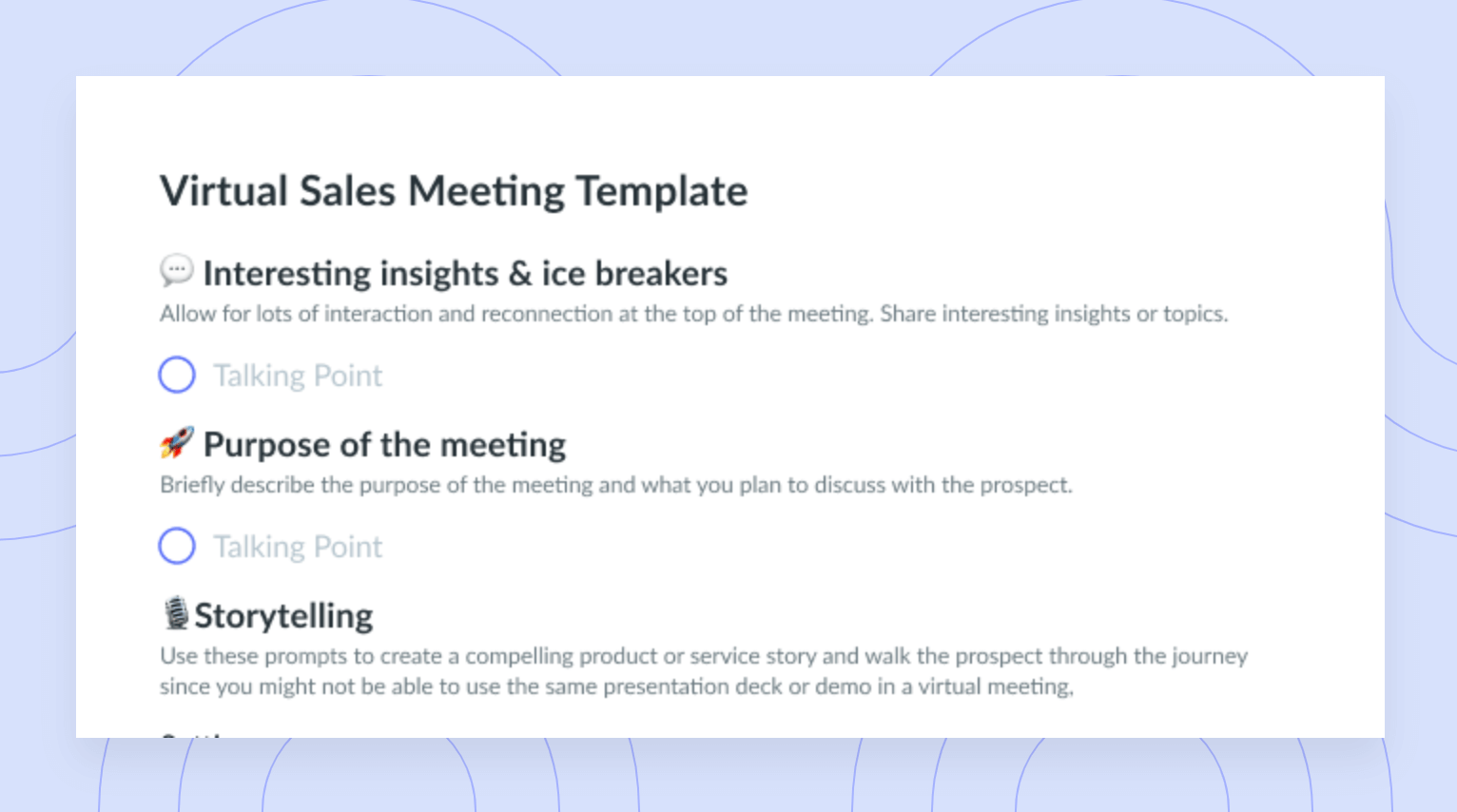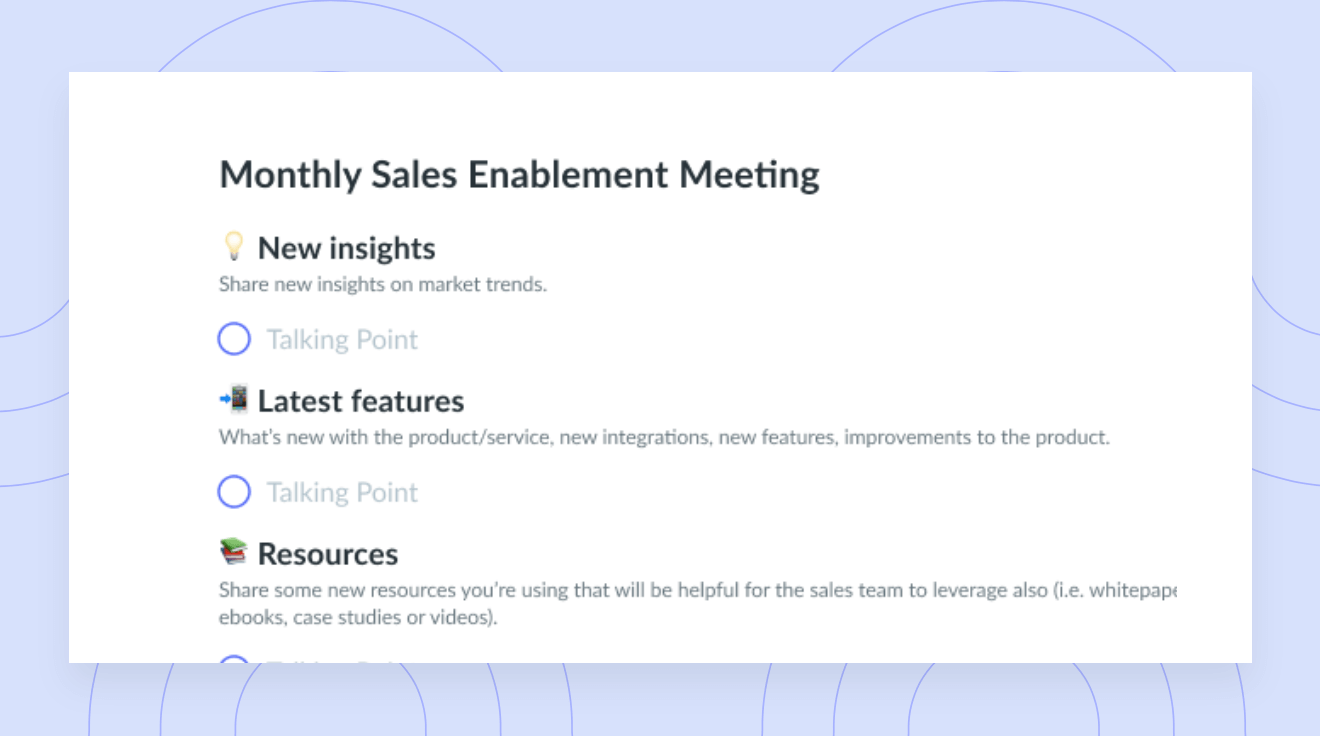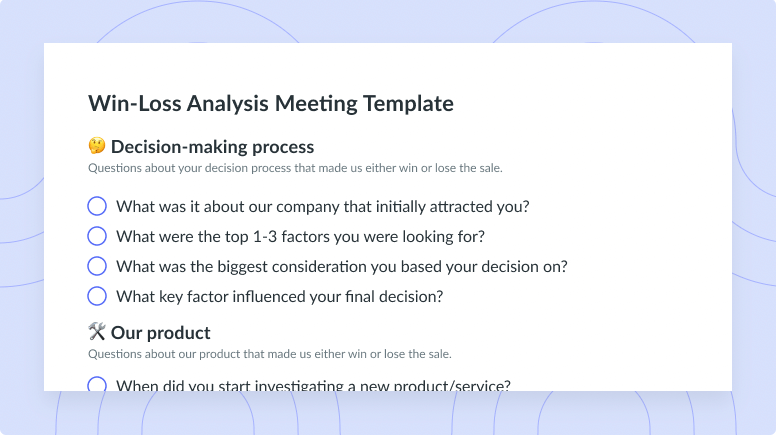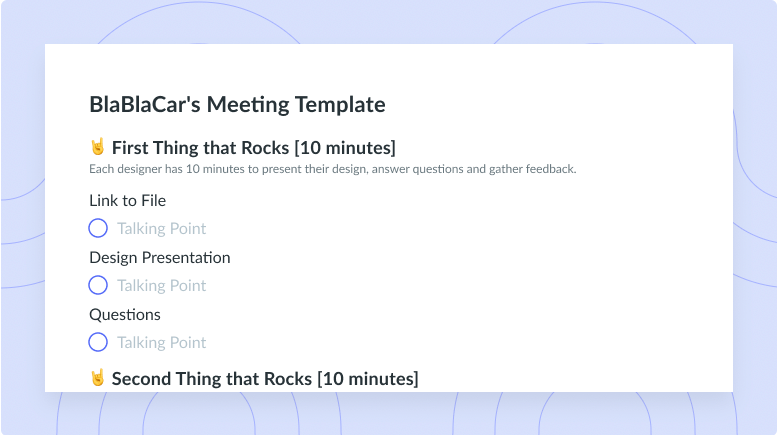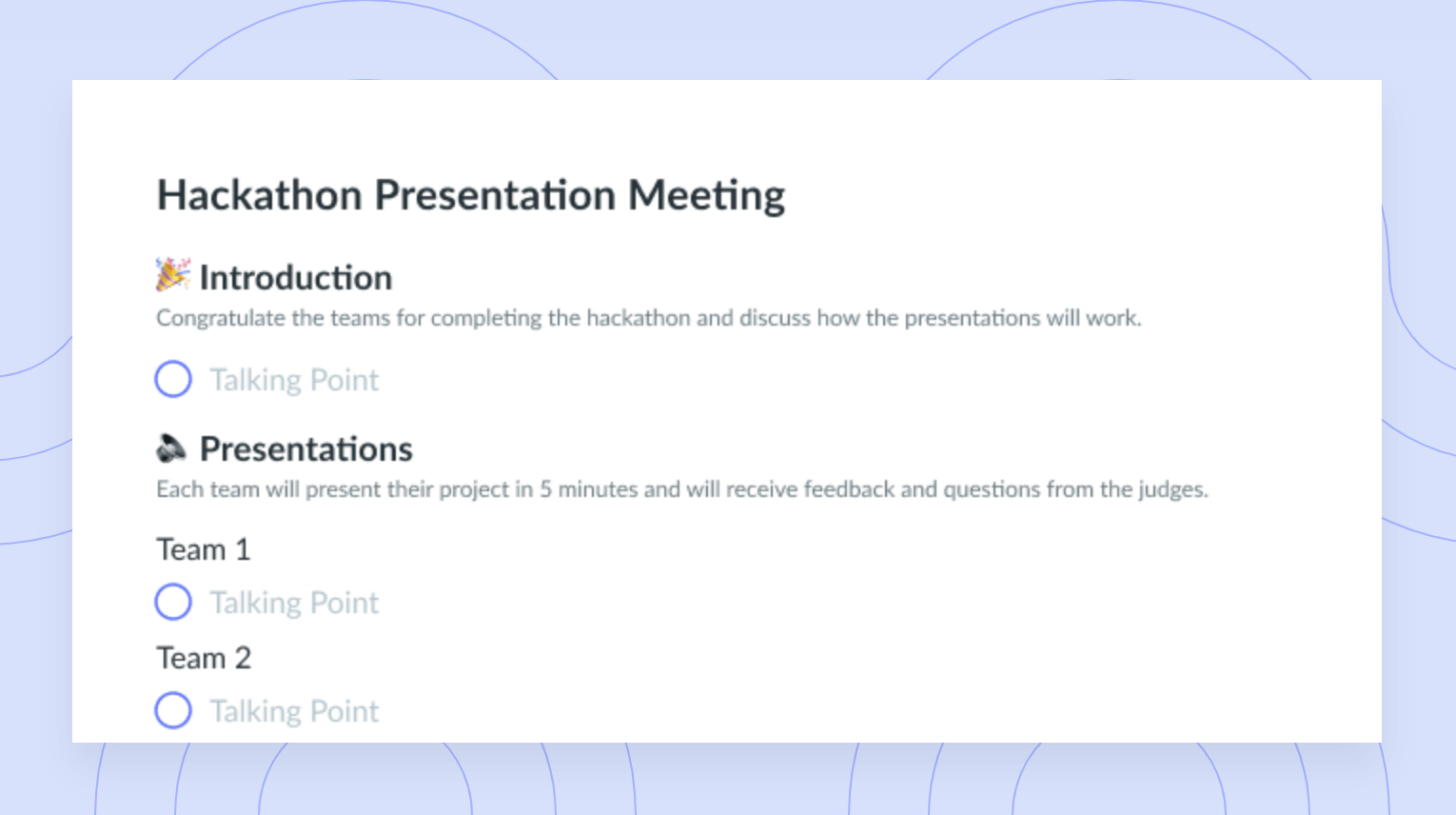How to Improve Presentation Skills in 20 Practical Ways
Few things can make a person sweat more than public speaking. Learn a few top-level presentation skills to say bye to public speaking jitters.
Fear of public speaking is everywhere – 75% of people have it. The other 25% should consider themselves lucky. Even those folks, though, might get anxious before going on stage and getting in front of an audience. But with some jobs, there’s no avoiding it – public speaking comes with the territory. Below are a few tips on how to improve your presentation skills and overcome your stage fright.
20 ways to improve your presentation skills
Your presentation could be perfectly researched, clearly outlined, and beautifully formatted, and your anxiety could still have you stumbling over your words. Below are 20 tips you can follow to feel more comfortable and confident while you’re presenting.
- Practice and prepare
- Use nervousness to your advantage
- Visit the venue
- Expect success
- Keep your pauses in mind
- Take deep breaths
- Use levity
- Take a power stance
- Drink some water
- Watch your non-verbal communication
- Know the technology you need
- Work from an outline
- Be authentic
- Think about time
- Know your audience
- Don’t fear knowledge gaps
- Talk to people beforehand
- Remember that no one’s against you
- Open the floor to questions
- Ask for feedback
1Practice and prepare
It’s like the old saying goes: practice makes perfect. The more you rehearse your presentation, the easier it’ll be to give because you’re so familiar with it. That’s why it might be best to write out what you’ll say rather than coming up with something in the moment. You might normally be great at improvising, but it’s a lot tougher with butterflies in your stomach. Plus, rehearsing in front of friends or family members is a great way to get feedback before you present for real.

Run efficient meetings, come to a decision, and get back to work
Level up your meeting habits to boost engagement and productivity with a collaborative meeting agenda. Try a tool like Fellow!

2Use nervousness to your advantage
It’s normal to have the jitters before heading into a presentation, and that’s okay! You can turn that nervousness into energy and make it work for you. Drinking a little coffee and listening to your favorite music before a presentation can help you stay in the moment, but know your limits. While enthusiasm can improve your presentation, it can also be too much if you’re bouncing off the walls.
3Visit the venue
Giving a presentation in an unfamiliar setting can make you feel more anxious since you don’t know the space’s layout or features. Scoping out the space beforehand can give you a better idea of its features and your audience’s potential size. You’ll also get used to any possible loud noises – say, the AC coming on – so they don’t throw you off during your presentation.
4Expect success
It’s common to imagine all the ways things can go wrong before a stressful situation. It’s a fine enough coping mechanism for some, but for others, it feeds into their anxiety, which then fuels negative thoughts and creates more worry. It’s a vicious cycle, and you can break it with a little positive thinking.
Instead of visualizing yourself stuttering over your words, imagine yourself doing great. Your jokes land, you deliver all the information clearly and succinctly, and you keep the audience engaged. While there’s no guarantee that’ll be exactly what happens, going into the presentation with positive thoughts can calm your nerves. And when you’re less nervous, your presentations will typically go better.
5Keep your pauses in mind
Pausing is a natural part of a normal conversation, but they’re often the first thing to go when you’re speaking in front of an audience. Not taking breaths in your speech can make it seem stilted and rushed (and leave you feeling dizzy). Pausing at the right time can help you sound more conversational while giving the audience time to digest everything you tell them.
6Take deep breaths
One of the most common and effective public speaking tips is taking a moment to breathe when you’re feeling overwhelmed. Anxiety can make your thoughts race and your body tense, whereas taking slow, deep breaths can focus you in the present. It may not completely get rid of your pre-presentation jitters, but it can often take the edge off.
7Use levity
It’s great if your presentation is full of useful information, but if it’s just information, it might start to get a little dry. Great public speakers will sprinkle some lightheartedness into their speech to keep the audience engaged. But try not to overdo it. Entertainment is all well and good, but don’t tell jokes to the point where your listeners stop taking you seriously.
8Take a power stance
This one might seem silly at first, but taking a power stance can genuinely make you feel more confident before a presentation. If your body doesn’t seem worried, your mind can sometimes pick up on that and worry less.
There’s no power stance that’s better than the rest, but there can be one that works best for you. The only real rule is to avoid a sitting pose – those are too passive. A stance where you’re standing or slowly walking around is best because it’s more dynamic and helps you ignore those pre-presentation butterflies.
9Drink some water
There can be a link between how much water you drink and how anxious you feel. While it’s a stretch to say one can cause the other, nervousness can lead to a serious case of dry mouth. A cool drink of water can keep your voice clear, and it’s naturally calming and refreshing. Keep some bottled water close by as you present.
10Watch your non-verbal communication
In any conversation, the words you use only convey a portion of what you mean. The rest comes from nonverbal cues such as tone and body language. If your voice is flat, your arms are folded, and you’re avoiding eye contact, you could send the wrong message. Before you speak in front of an audience, practice your presentation in front of a mirror to get your body language right.
11Know the technology you need
Keeping a crowd engaged with words alone can be hard, so most presentations include visual aids. Those typically come from presentation technology that lets us do a lot with a little. So don’t let yourself present without knowing how to use these tools. Take the time to practice with any video or audio equipment and make sure everything is set up correctly for your big moment.
12Work from an outline
It’s fine to practice with a full-on speech, but when it comes time for your presentation, it can be better to work from an outline. That’s because looking back and forth between your audience and a script might not leave the best impression. A basic outline gives you more freedom to engage with the crowd and keep them invested. And it does this all while making sure you don’t lose your place.
13Be authentic
Don’t be afraid to inject some personality into your presentation. Sure, you’re trying to pass along information, but on its own, that can get dull after a while. Jokes, personal anecdotes, and stories are good ways to make your presentation more digestible and exciting.
14Think about time
Brevity is among the most important speaking skills when giving a presentation. The runtime you’ll want to aim for is around 20 minutes. That said, it’s better to stretch that time a little than try to fit a complex topic into too short of a timeframe. Otherwise, you could end up flying from topic to topic without giving the audience time to breathe.
Editing is your friend here. Once you’ve got the gist of your presentation, try and cut it down to its most relevant parts and save the excess for another day.
15Know your audience
Even though you’re the one giving the speech, remember – it’s for your audience’s benefit. Putting a little bit of your personality into the presentation is fine – even expected – but catering to yourself defeats the point. Instead, learn about your audience beforehand. Knowing about them can help you decide on word choices, format, and what information to share.
16Don’t fear knowledge gaps
No one in the world knows everything – not even about topics they know well. It might be a little nerve-wracking when an audience member’s question leaves you stumped, but admitting you don’t have the answer won’t hurt your credibility. It might even improve it in the audience’s eyes because it shows that you’re humble – and that the audience still has more to learn.
17Talk to people beforehand
To connect with your audience early, chat with them before the presentation begins. This can make you seem more personable, which is great for getting your audience to pay attention. It can also help calm your nerves – you’ll see that your audience is just normal people.
18Remember that no one’s against you
Most audiences aren’t sitting there waiting to laugh at your mistakes. If anything, many of them will understand how terrifying public speaking can be and sympathize with your struggles. While you’re presenting, try and remember that everyone wants you to succeed. After all, they’re there to see what you have to say.
19Open the floor to questions
Presentations don’t have to be one-sided events. Audience participation is one of the most reliable ways you can keep people engaged. Interacting with the crowd and opening a dialogue can make your presentation feel more like a forum and less like a lecture.
20Ask for feedback
Once all is said and done, you can get some constructive feedback from your audience. Learning where you shined and where you need improvement can help you feel more confident about your next presentation. You’ll know how to make up for your weaknesses the next go-round and give a presentation even better than your last.
With Fellow, you can easily ask for feedback about meetings and projects, and respond both on the web and through Slack.

Public speaking with confidence
Public speaking will almost always be a little unsettling. After all, it is one of the most common fears in the world. But with a little preparation and some dedication to getting it right, your presentation can be a big success. Fellow can take your presentation skills one step further. You can use Fellow’s collaborative meeting agendas or digital notepads as presentation outlines. You can also use Fellow to get real-time peer feedback. With Fellow, you can give the best presentation possible.









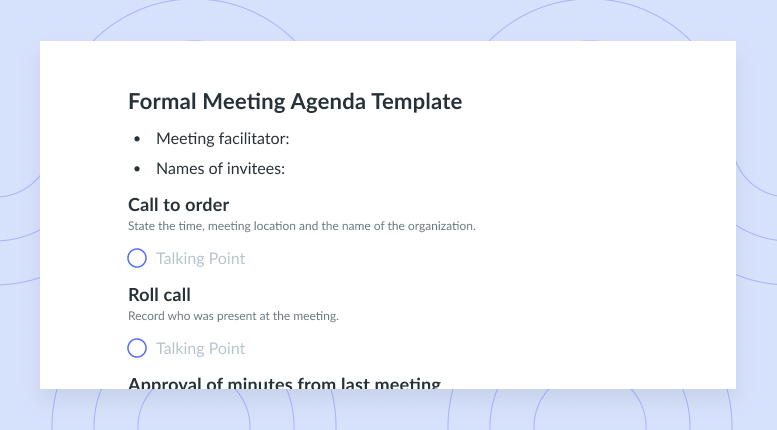
![Incoming Client Interview [Legal Clinic] Template](https://fellow.app/wp-content/uploads/2021/09/Incoming-Client-Interview-Legal-Clinic-preview.png)

